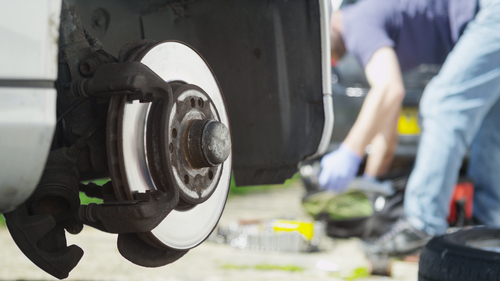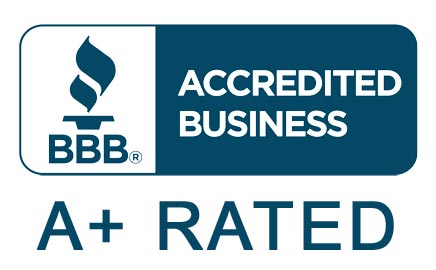Keeping your car in good running condition will help prevent crashes. Perfectly working brakes are one of the most important safety factors in your vehicle. Keeping your brakes in great running condition will also head off additional (and expensive) damage down the road. So, if you notice any changes to how they’re working, have your brake system checked out by a professional right away. That’s what Brake Safety month is all about.
What is Brake Safety Month?
Brake Safety Month (also known as Brake Safety Awareness Month), is sponsored by the Motorist Assurance Program (MAP). Auto service centers that participate will offer motorists a free brake safety check, along with giving advice regarding proper vehicle and brake system maintenance. It is highly suggested that all motorists pull into a MAP participating auto shop to have their brakes inspected in August, Brake Safety Month.
Why are Good Brakes Important?
The brake system plays a crucial role in keeping you, your family, and other people on the road safe. Besides having your brakes inspected during Brake Safety Month, you can protect your brake system by adhering to your manufacturer’s recommended service schedule details the best operating conditions for your particular vehicle.
How Do You Determine if You Brakes need Attention?
The brake fluid level is low in the master cylinder. The brake system warning light remains illuminated. You hear grinding or scraping noises coming from the brakes. The vehicle pulls to one side when you apply the brakes. The pedal feels spongy or soft when you depress the brake pedal. If you’re experiencing any of the problems mentioned above you should have your brakes inspected asap.
What’s Involved in a Brake Inspection
Brake issues typically start off minor but can become progressively worse. During a brake inspection, professional auto technicians have the skills it takes to detect the majority of brake problems.
The technicians will start by inspecting all the key brake components, including brake pads, discs, and brake lines. After completing a comprehensive inspection, they will be able to make brake repair recommendations based on wear and the vehicle manufacturer’s recommendations. During a brake inspection, the entire brake system is checked out, including the following:
- Brake Pads: The auto technicians will follow the vehicle manufacturer’s recommendations for disc pad minimum measurements and thickness. They will measure the brake pads and replacement might be necessary based on the results.
- Disks: The disks will be inspected for warping, rough spots, and damage. Discs that are in good condition show little signs of wear. Discs that are warped or damaged will need to be resurfaced or replaced right away.
- Brake Lines: During a brake inspection, the technician will determine if the rubber brake lines are still soft and pliable so that fluid can move through the system with no risk of leaking. In addition, they check out the hard metal brake lines, looking for cracking or corrosion. You can save crucial system components and money by replacing brake lines before they show damage.
If you’d like to have your brakes checked out during Brake Safety Month or any time of the year, give us a call.






